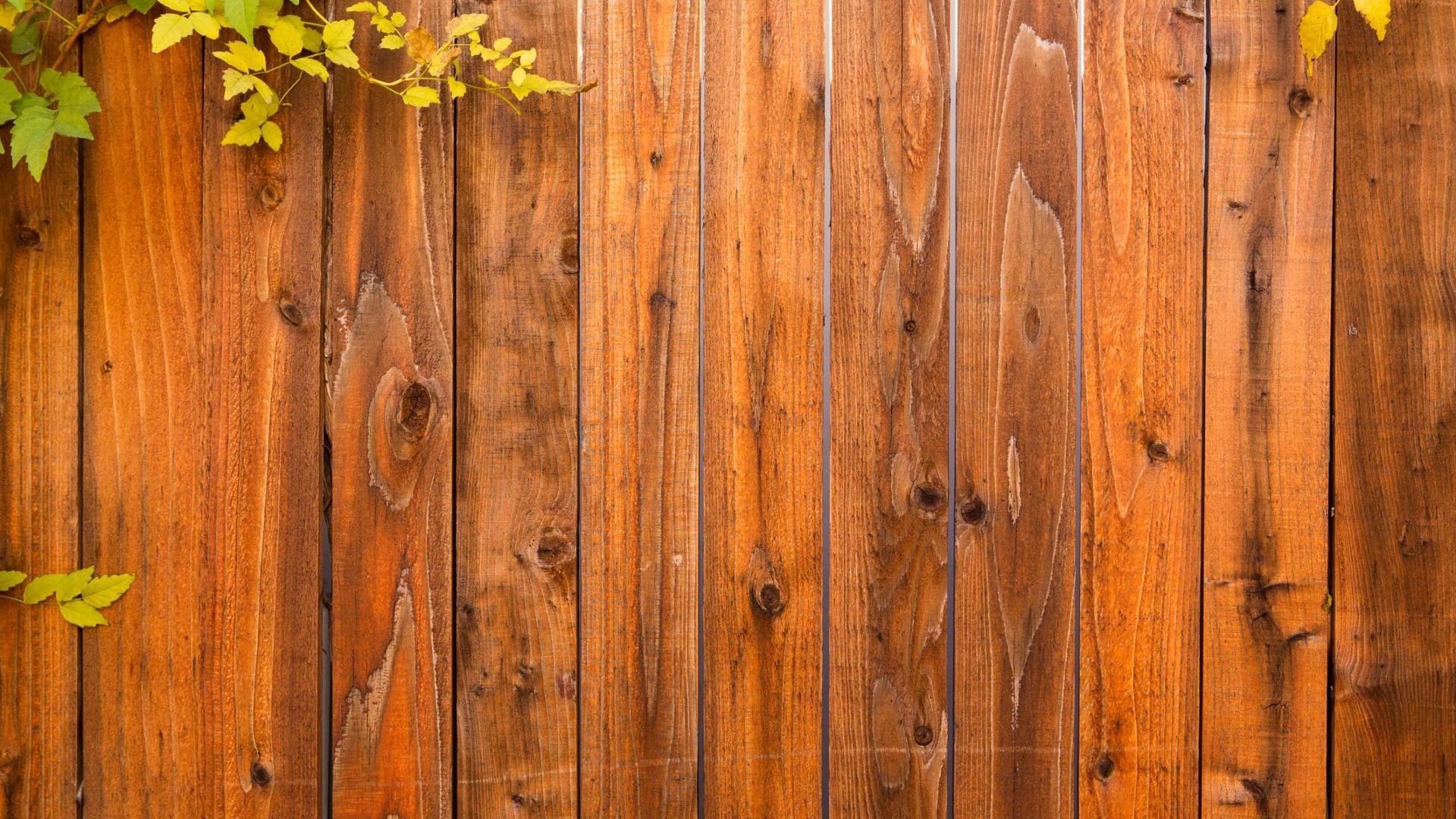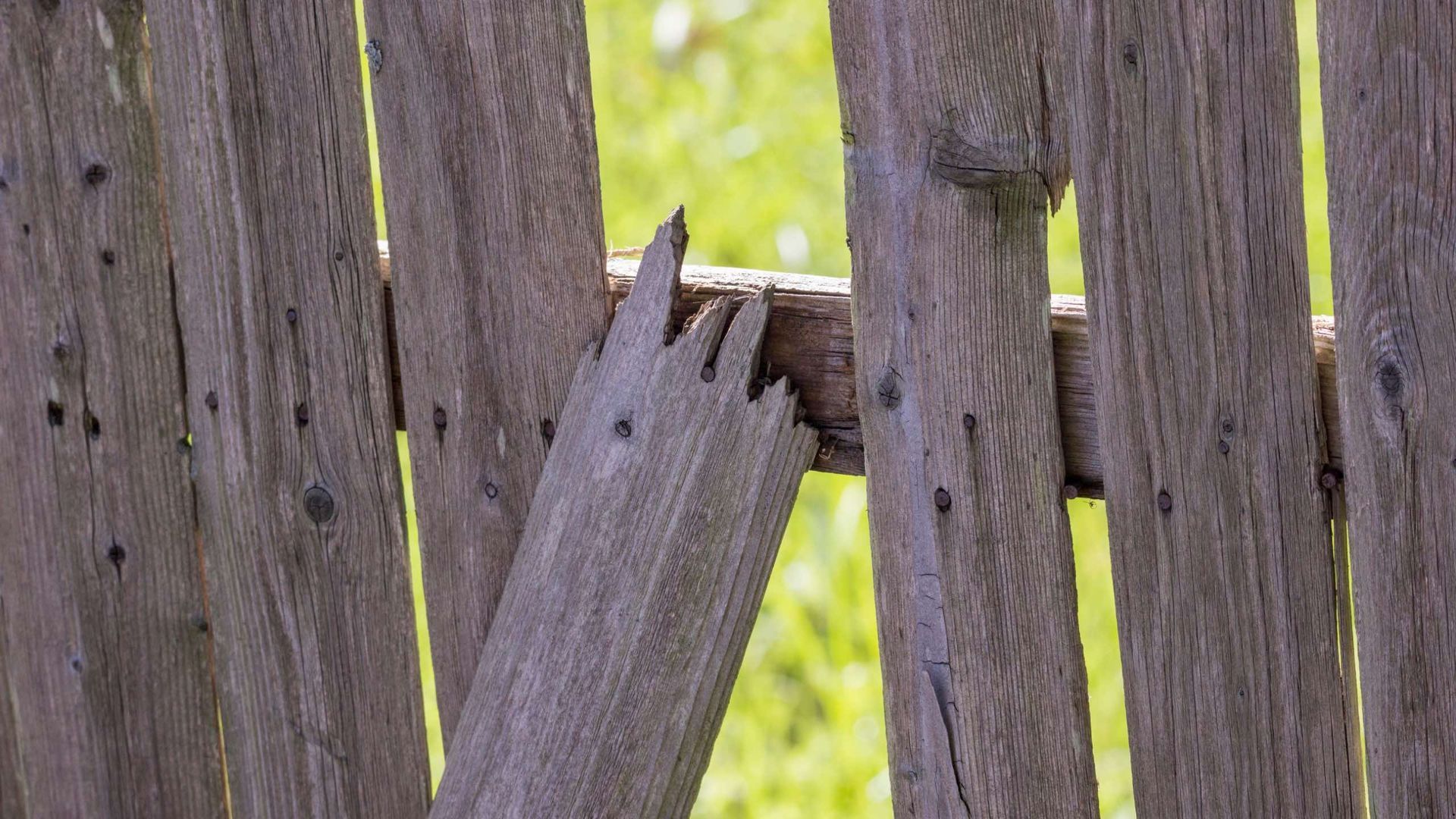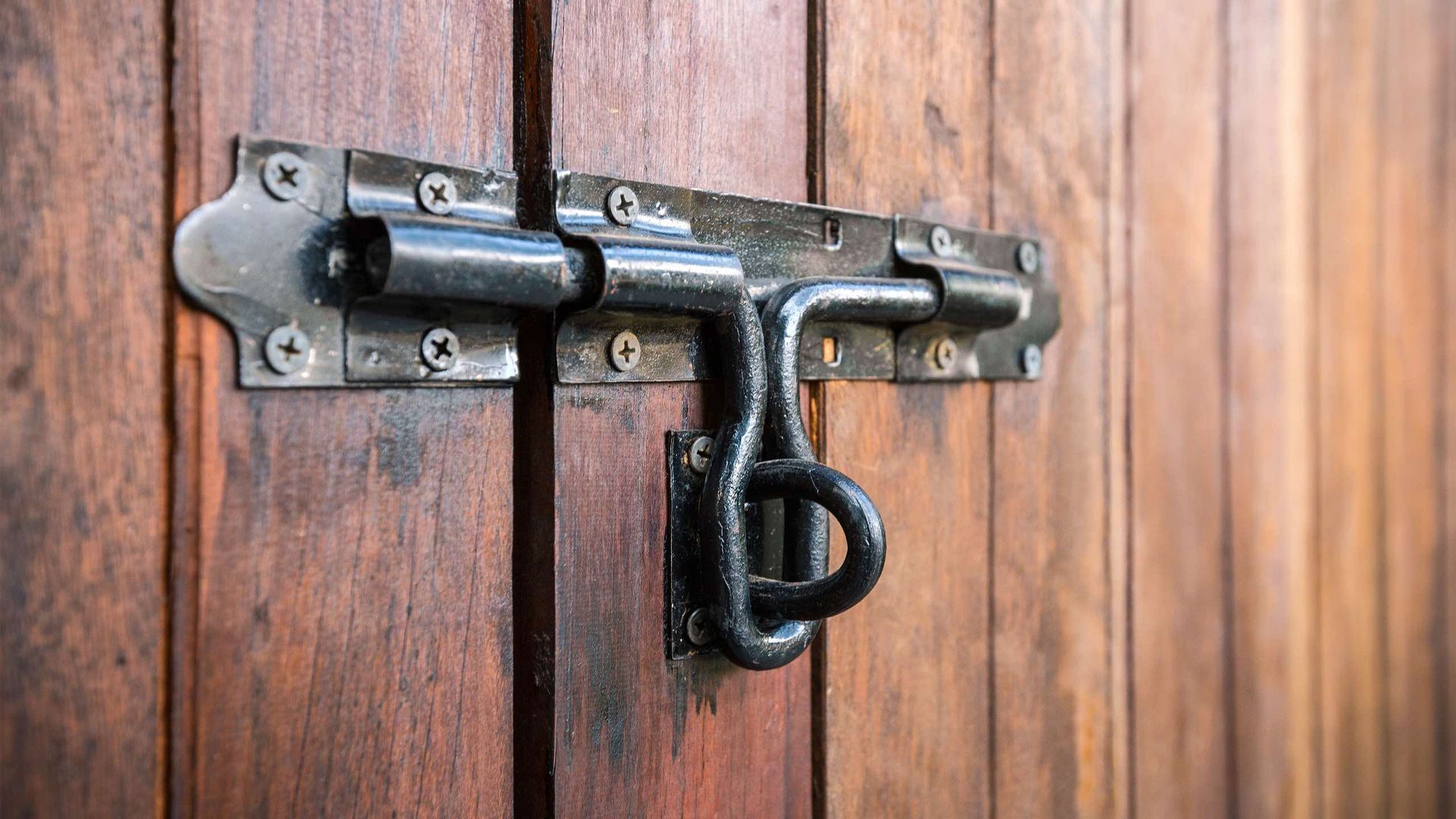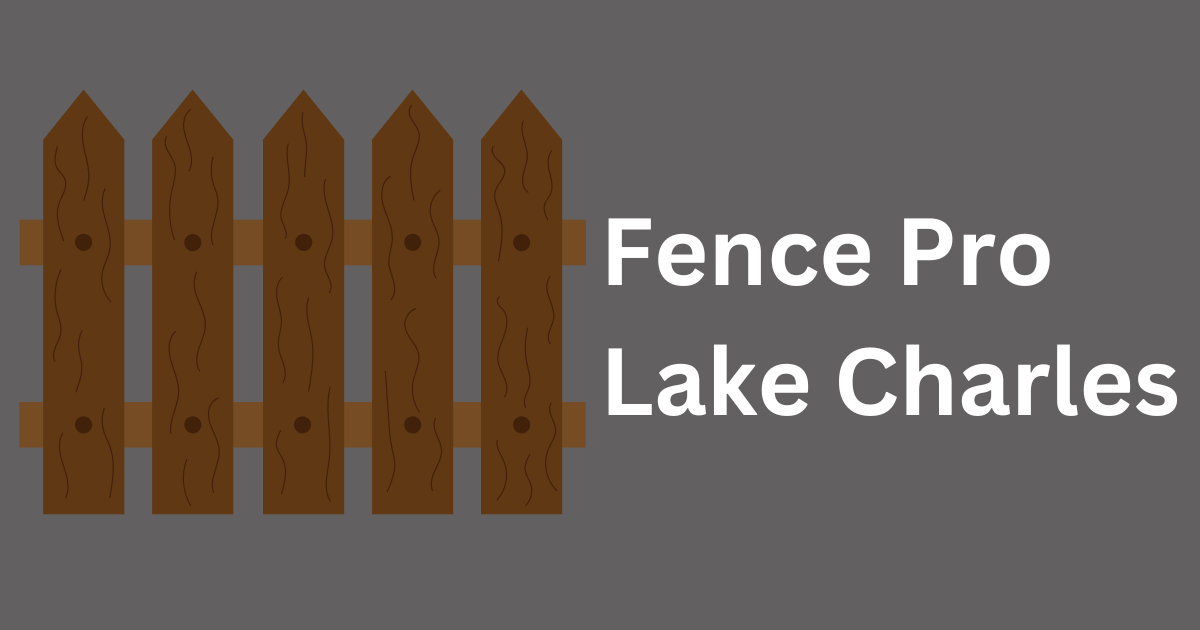Factors to Consider When Choosing Your Fence Height
February 10, 2025
What is the correct height of fence for my needs?
Wondering how tall your fence should stand? You're in good company! Finding the perfect fence height is an artful dance, balancing the unique needs of every homeowner. Forget about the "one-size-fits-all" philosophy; those are just shackles on creativity. Local codes or community standards might have their say, but generally, you have an array of splendid options. Let’s plunge into the essential factors to help you crown your property with the ideal fence height.
Homeowner associations (HOAs) lay down the law, crafting rules about height. They frequently limit options or impose general height caps. Dive into your HOA's guidelines to unveil the options at your fingertips. Look to neighboring properties for inspiration—they’re like a display case of what works and what’s a whiff of nonsense. Gleaning insights from your surroundings will not only ease the HOA approval process but will also smooth out the bumps along the way. Take a stroll around; observe how fences enhance the beauty of homes and gardens. A good fence company will be able to help guide you as well.
In many locales, fence heights typically max out at 6 or 8 feet. Front yards often face stricter criteria. In busy cities like San Francisco, hillside lots need smart elevation planning. This helps drivers see clearly. For instance, some front yard fences must stand a mere 4 feet tall, while side and rear yards can reach up to 8 feet. In certain regions, they go so far as to ban front yard fences altogether. Corner lots bring extra challenges, especially those near roads. In Lake Charles, Louisiana, each neighborhood boasts its own set of local regulations.
Sidestep potential pitfalls by reaching out to your local zoning department. They hold the keys to unlocking allowable fence heights in your area. You’ll often find a treasure trove of online resources guiding you through the zoning maze. Some city websites even feature interactive zoning maps, letting you reveal the rules specific to your property. This is especially handy in cities like New York, known for their labyrinthine zoning laws. Talking to local builders or contractors can provide valuable insights. They have worked on similar properties many times.
The intended purpose of your fence should reign supreme in your height quest. Planning on a pool? Pool codes often demand a fence standing between 4 to 5 feet high, depending on your locale. Craving a bit more privacy for sipping your morning brew or deterring deer? Go for something loftier! Conversely, if delineating property lines is your goal, a humble 2-3 foot fence will do just fine. Standard privacy fences generally soar up to 6 feet, but feel free to reach for the skies—just ensure you adhere to HOA and local regulations. Imagine a 6-foot barrier. It's great for families with young kids. It keeps them safe while still allowing good visibility. Imagine sipping coffee while watching your kids frolic in a safe yard.
When it comes to security, height is your ally! Commercial security fences commonly rise to 7 or 8 feet, with barbed wire adding a dramatic flair of deterrence. For containing canine companions, a 4-foot fence typically does the job. If your pup can leap tall buildings in a single bound, nudging the height to 5 feet might be wise. For tiny furballs, narrow spacing can save the day over sheer height. Envision a serene backyard where your furry friends can roam free without the risk of escape.
And let’s not forget about those four-legged fence climbers! Fences meant to thwart deer must stretch to at least 8 feet—those agile acrobats won’t be deterred by anything shorter. Taller fences can cost more, but some styles are surprisingly affordable. The go-to height for privacy fences usually flirts around 6 feet, yet trimming a vinyl fence to 5 feet can be a real chore. Always inquire about pricing when chatting with your fence company. Be smart about seasonal costs, like changes in lumber prices. This way, you can keep your fence within budget and meet your needs.
Contemplate these factors to pick the perfect fence height for your property. This way, you’ll balance functionality, looks, and local rules. Remember, your fence is a proud extension of your home, so take your time to get it just right! The right fence company is just a phone call away - we can help!
You might also like

March 1, 2025
Insects can be the ultimate destroyers of wood fences, especially in warm, humid climates like Louisiana. Imagine this: on a sunny summer afternoon, your stunning wood fence, once a proud addition to your property, begins to crumble. You're left scratching your head, wondering when everything went wrong. Fortunately, this heart-wrenching scenario is avoidable with the right knowledge and materials. At Lake Charles' premiere fence company, Fence Pro Lake Charles , our wood fences boast insect resistance. But remember, insect-resistant doesn't mean insect-proof. Even the mightiest woods can succumb to these minute marauders. Here in Louisiana, our insects are plentiful and determined, with the perfect breeding ground in our warm, humid climate. The Insect Suspects: Unmasking the Culprits Meet the termites, silent assassins that feast on your fence posts. They're attracted to cellulose, the wood's core, creating intricate tunnels as they munch away. This crafty, slow destruction gradually weakens your fence. And when you least expect it, it strikes! Picture a termite infestation in Louisiana costing you upwards of $3,000 in damages. That's a financial burden you never saw coming! Then we have the carpenter ants, sneaky invaders burrowing into your fence posts. While they might not snack on the wood directly, their tunnels pave the way for structural disaster. Water slips in, gradually weakening your fence—a ticking time bomb ready to collapse. Their handiwork can turn sturdy posts brittle and frail, leaving your property vulnerable. For instance, the Formosan termite, a common Louisiana pest, can eat through a fence post in just a few months! Let's not forget the carpenter bees, the noisy troublemakers that drill holes into your wooden walls. Their handiwork allows moisture to seep into fence posts, causing decay over time. It's like witnessing a slow-motion train wreck, and you're utterly powerless. Picture a post that’s soaked from constant moisture. Now, imagine it cracking in a strong wind. This shows how much damage these insects can cause. In Louisiana, carpenter bees are a common problem, especially during the spring and summer months. Cedar Wood: Nature's Powerful Insect Repellent Cedar is the superhero of the wood world, armed with natural insect resistance honed over centuries. Its aromatic oils not only prolong its life but also serve as a shield against pesky invaders. Used by ancient Egyptians for their temples, cedar remains a testament to durability. Their enduring structures highlight the wood's ability to withstand the test of time. In fact, the ancient Egyptians believed cedar had sacred properties, which is why they used it to build their majestic temples. Pressure-Treated Wood: The Enhanced Defender Enter pressure-treated pine, the sturdy champion of fencing. This quick-growing wood, fortified by treatment processes, enhances stability for years. The chemicals act as a vigilant bodyguard, warding off pests, mold, and rot. It's like having a trusty protector guarding your fence against nature's onslaught. Our pressure-treated pine fences use copper azole. This chemical keeps insects away and stops fungal growth. The Insect Repellent vs. Insect Proof Myth: Separating Fact from Fiction We can supply wood products that repel insects, but let's keep it real—no wood is entirely insect-proof. Over time, even cedar and pressure-treated woods surrender their protective prowess. Age brings vulnerability, as hungry pests prepare for attack. It's like the wood wears a thin armor that eventually wears away, leaving it exposed to predators. This truth highlights the essential need for maintenance! Regular inspections and treatments can prolong the life of your fence, keeping those pesky insects at bay. Insect-Resistant Treatment Options: A World of Choices Numerous products can help repel insects effectively. Regular stains and sealants aid, while special additives combat direct insect invasions. Whether you lean toward chemicals or natural options, the choices are vast. From wood oils to eco-friendly sprays, the possibilities are practically endless. For instance, eco-friendly borate-based products can create a protective barrier. This broad array of treatments showcases our ongoing battle against these tiny foes. At Fence Pro Lake Charles, we recommend our signature cedar oil treatment, proven to repel insects naturally. Better Options for the Insect-Wary: Choosing the Right Fence for You For those wary of bugs, consider vinyl, aluminum, composite, or chain link fences. Each offers a stylish range from modern to classic. We guarantee you'll discover the ideal insect-resistant fence. This will free you from worries about wood-loving pests. Imagine having a breathtaking fence that stands the test of time, free from the anxiety of insect damage. With these options, you'll enjoy peace of mind, knowing your fence withstands the relentless onslaught of insects. Plus, our fence company's team of experts can help you choose the perfect fence for your style and budget.

February 24, 2025
Excess moisture is a sneaky enemy. It weakens your fence's structure and leads to expensive repairs. These costs can drain your wallet, just like a leaky faucet. Picture a strong wooden fence that is now splintered and sagging. It looks like an old face marked by time and weather, much like a book left out in the rain. In areas with heavy rain, like the Pacific Northwest and Southeast, untreated fences can rot. This leads to costly repairs, much like an unexpected guest showing up at your door. In Lake Charles, Louisiana, this is even more true. The skies often weep, which leaves our fences battered and bruised. History has shown us the devastating consequences of moisture damage in vivid Technicolor. Hurricane Katrina's storm surges in 2005 displaced thousands. Homes and fences were destroyed. In 1993, floods in the Midwest, caused by heavy rains and poor drainage, devastated communities. Families were left searching for shelter, like shipwrecked sailors clinging to debris. Who can forget the Great Mississippi Flood of 1927? Overflowing waters caused millions in damages. They uprooted countless lives and left destruction behind, like a graveyard for broken dreams. These stories highlight the urgent need to protect our fences from moisture. It's like fighting off a swarm of hungry locusts. Moisture seeps into wood, making the fibers swell. This is like an animal puffing up to defend itself. As the wood expands, it can warp and crack. These changes weaken the fence, like a thief stealing a prized treasure. This damage is like a slow cancer. It eats away at the structure from the inside, just like termites quietly destroy a house's foundation. Our fence company deals with this type of damage a lot. In humid climates, extra moisture can quickly ruin your fence. It builds up like a snowball rolling downhill, gaining size and speed without control. By the time you notice the deterioration, it could be too late, leaving you drowning in repair bills like a sailor lost at sea. That's why safeguarding your fence from moisture is non-negotiable, a matter of life and death. A waterproof sealant or stain acts like armor. It keeps water out and reduces damage risks, just as a knight wears a helmet and shield before battle. Apply it once a year or every six months. This keeps your system protected, just like changing your car's oil helps it run well. It's as simple as putting on sunscreen before sunbathing to avoid sunburn. This habit quickly becomes second nature. Think of this as a flu shot for your fence. It protects against weather damage and keeps it strong for years, like a loyal guard against intruders. Good drainage is equally vital, as crucial as having a fire extinguisher in the kitchen to douse unexpected blazes. Installing a French drain or reshaping your yard helps water flow away from the fence. This prevents pooling that can cause problems, just like a levee stops a rising river. In rainy areas, the French drain protects your home. It works like an archer guarding castle walls. Opting for hardy materials like cedar or redwood delivers an added layer of defense, as if calling in the cavalry to reinforce the front lines. These strong woods have natural oils that keep out moisture and pests. They act like a superhero cape for your fence, protecting it from damage. Cedar has thujaplicin, which protects against insects and water. This makes it ideal for humid climates, where the air feels thick with moisture, like in a sauna. Regular inspections help you find problems early. It’s like a doctor spotting an issue before it gets worse or a detective finding clues at a crime scene. By taking these steps, your fence can last for years. It will show its strength and your care. It will be as sturdy as an oak tree against the winds of change. Let our fence company, Fence Pro Lake Charles , help you prepare your fence for the moisture and humidity of this region.

February 22, 2025
Starting a fence project is a smart choice. It brings many benefits, like improved security, privacy, and curb appeal. Plus, it can boost your home’s resale value. Building a fence is like creating a careful piece of art. It needs good planning to avoid wasting money. The price can change a lot if you're not careful. A good fence company is important to helping you navigate this process. This is especially true in Lake Charles, Louisiana. Six key factors can drive up costs quickly. Think of a tricky fence layout like a jigsaw puzzle. Each new piece makes it harder and stretches your budget. Terminal posts need more work than simple line posts. The material you choose can also increase costs. A design with numerous corners and angles adds to both labor and materials. The National Association of Home Builders says complex designs can raise construction costs by 20%. A homeowner in Lake Charles paid $1,500 more for a detailed design with curved edges and fancy features. For instance, a fence with a unique concave shape may require more materials and labor, leading to higher costs. Staggering your project is like a long road trip with too many stops. It will raise your costs. Each detour adds labor, transportation, and fuel costs, inflating your total bill. It's more economical to complete substantial segments of fencing in a single swoop, much like the savings of bulk purchases. You can save money, cut waste, and finish your project faster. Just look at a nearby homeowner who saved over $5,000 by completing their fence all at once instead of in parts. This approach allows you to allocate your budget more efficiently, ensuring that you get the most value for your money. Gates hold a special allure but often come with a pricier price tag than fence panels, much like comparing a luxury ride with an economy sedan. To keep costs manageable, limit the number of gates and evaluate their necessity. Ask yourself, “Do I truly need a gate here?” Opting for one primary gate can save you a whopping 50% versus multiple entrances scattered around the property. This practical method focuses on usefulness rather than just looks. It makes sure your gates are functional. A homeowner in Lake Charles saved $1,200. They did this by limiting gates to just two entry points. This change cut costs and improved the fence's overall appearance. Removing an old fence resembles tackling an attic cleanout: vital yet daunting. You can hire pros for a handsome fee, but rolling up your sleeves offers significant savings and a solid workout. Think of it as a DIY project—cost-effective, rewarding, and ensuring quality at hand. Being mindful of proper disposal is paramount to avert environmental hazards. The Environmental Protection Agency warns about careless waste disposal. It can harm soil and water. By properly discarding old materials, you lend a hand to Mother Nature. One homeowner in Lake Charles saved $500 by recycling old fence materials. This choice cut costs and helped the environment. Digging in rocky soil is like wrestling with concrete: it demands extra effort and special tools. Tough terrain may come with a “rock clause,” hiking up your bill where digging gets tricky. Areas with granite or clay harbor unexpected challenges, like lurking rocks or hidden pipes. Clearing brush or low-hanging branches also inflates labor costs, much like adding extra toppings to a pizza. For instance, one homeowner faced a $2,000 addition due to concealed rocks in their yard. Being aware of these hurdles can fine-tune your planning and budgeting. At Fence Pro Lake Charles, we're here to guide you toward affordable options, allowing you to explore styles without breaking the bank. Lattice work and decorative post caps are eye-catching luxury upgrades. They add charm to your fence, but they also raise costs. To remain on budget, prioritize practical elements over decorative frills. For example, you can opt for a simple yet sturdy fence design that serves its purpose without breaking the bank. Keep these six pitfalls in mind. They can help you build a beautiful fence that fits your budget and increases your home's value. We are the premiere fence company in Lake Charles, and we are here to help you make the best choices possible when it comes to your new fence.
Quick & Reliable
We are available 24/7 for all your Fencing needs!
© 2025
All Rights Reserved | Fence Pro Lake Charles - Disclaimer | Terms of Service | Privacy Policy Check us out on the web!

